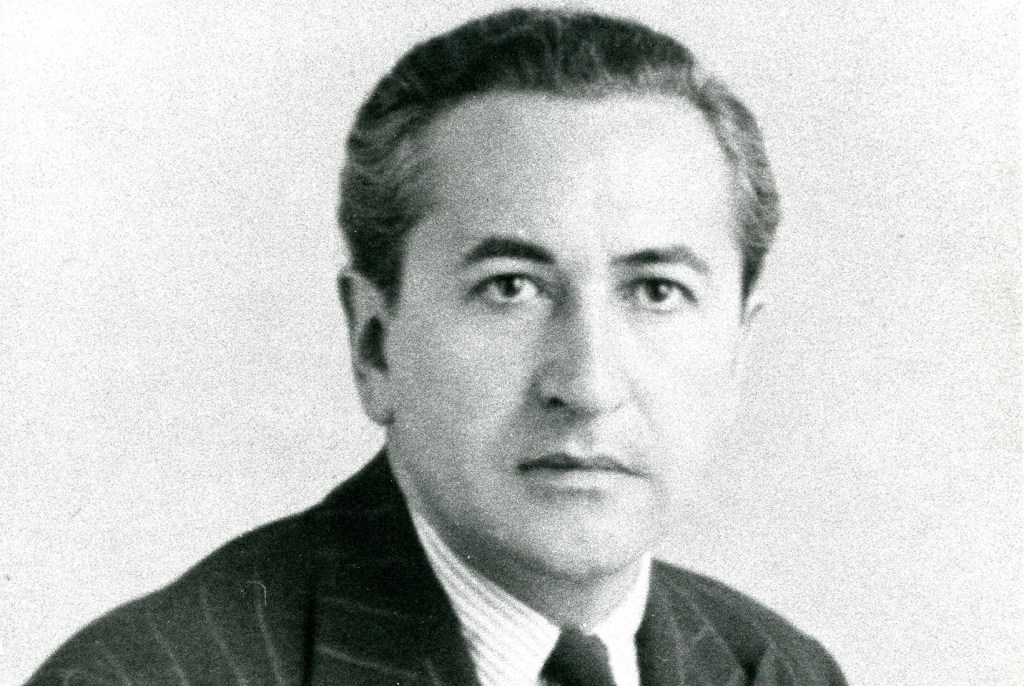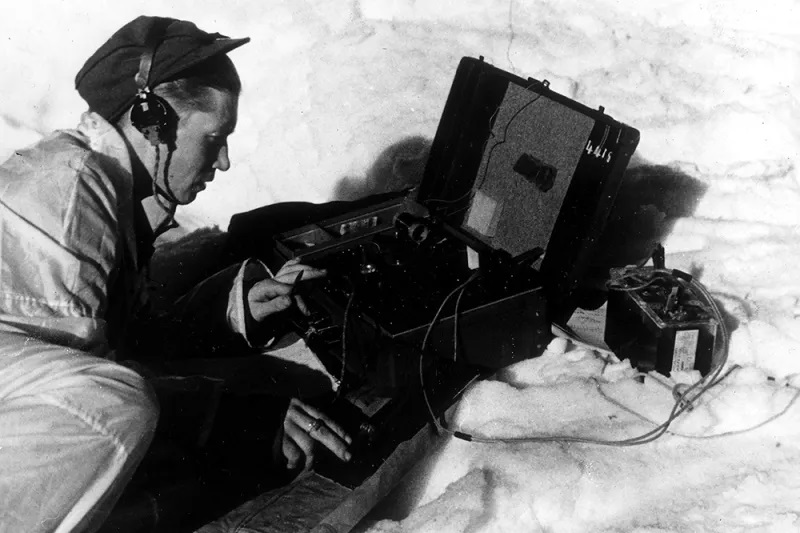The name Arthur Jeffress may not conjure many associations for those not familiar with the London post-war art world, but this wayward, flamboyant, controversial connoisseur and patron who left much of his ‘small but subversive’ collection to the Tate and the Southampton Art Gallery after his death in 1961 certainly deserves his footnote in history.
‘Small but subversive’ could describe the man as well as his collection: his fabulous wealth, inherited from Virginian tobacco plantation-owning ancestry, coupled with his rampant homosexuality, shaped a life of compulsive and conspicuous extravagance, in which art and sex vied with one another for supremacy against the backdrop of Belgravia and a palazzo just off the Grand Canal in Venice. Yet he played nothing by the book, and managed in the end to get thrown out of even that city of easy pleasures.
American by birth but British by determined adoption, he lost no time as he came of age in sloughing off the shame of having been born in Acton. A penchant for dressing up and play-acting enlivened his days at Cambridge, and he emerged into the world of bright young people, or indeed Vile Bodies, with the funds to make a splash, hosting the infamous Red and White Party in 1931. His aesthetic taste was honed by friendships with the likes of the Sitwells and Edward Burra, and notably during his turbulent affair with John Deakin, then a belligerent and sulfurous would-be painter before he turned to photography. This ill-fated liaison was to be the most important in Jeffress’s life and, though it ended badly, Deakin was to claim ruefully on Arthur’s death: ‘I really loved the bastard.’
It was not until after his eventful war, and through his friendship with the redoubtable dealer Erica Brausen, that Jeffress at last found his métier, and it is at this point that the narrative picks up momentum. He had already bought masterpieces by Picasso, de Chirico, Burra and even Jackson Pollock (though he loathed abstraction); now he became the chief backer and partner of Brausen’s new Hanover Gallery, which opened in 1948 with a show by Graham Sutherland, who was to paint a striking portrait of Jeffress. The Hanover’s real claim to fame, though, was snaffling Francis Bacon and showing his work annually from 1949-58 before losing him to the Marlborough Gallery; this cemented the Hanover’s reputation as a leading player, but did nothing to endear Jeffress to Bacon, who found him far too camp for his taste.
Deciding to go it alone, Jeffress withdrew his backing from Brausen and set up his own gallery in Mayfair in 1954, where he could show ‘Sunday painting, trompe l’oeil and magic realism’ — in other words, where he could follow his eclectic and unfashionable tastes without any nod to the bottom line. He secured the invaluable services of the critic Robert Melville to run the gallery while he spent summers in Venice and winters cruising the world, in more senses than one.
Whether hobnobbing with his neighbor Peggy Guggenheim or swanking around in a fur coat lined with the pelt of 45 wild hamsters, he never stopped striving for effect, and friends noted an underlying melancholy that suffused his sybaritic lifestyle. Indeed Gill Hedley’s biography makes no claim for any particular originality or lasting achievement. Jeffress’s portrait is sketched through his frenetic social life which, thanks to his inordinate wealth and extravagance, encompassed just about everyone who was anyone. The author’s pursuit of so many biographical byways does make the chronology creak and the head spin at times.
After a dinner in Venice of ortolans (what else?) with the Duke and Duchess of Windsor, and some confusion about whether Jeffress’s own glamorous gondoliers would ferry the couple home, he found Venice turned against him and, expelled, he took his own life, aged only 55. Or not; explanations abound, but his friend Melville thought that ‘Arthur…came finally to the point of wondering whether the world wanted him or not’. It is a measure of the man’s unknowability that even his death is unresolved; but his paintings remain in public collections to remind us of his unusual passion and flair for art.
This article was originally published in
The Spectator’s UK magazine. Subscribe to the US edition here.

























